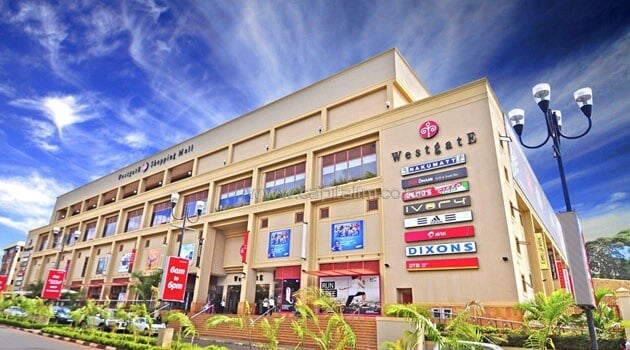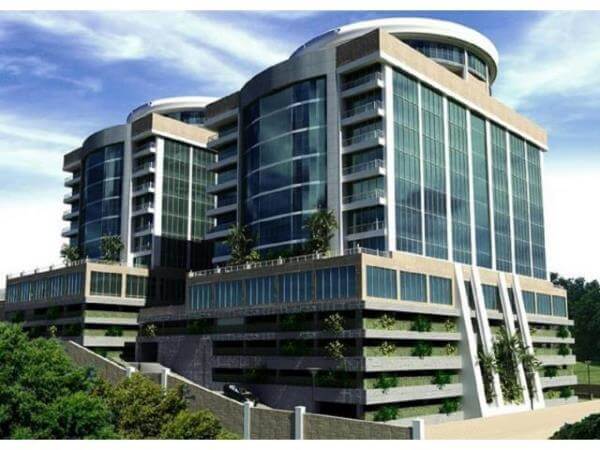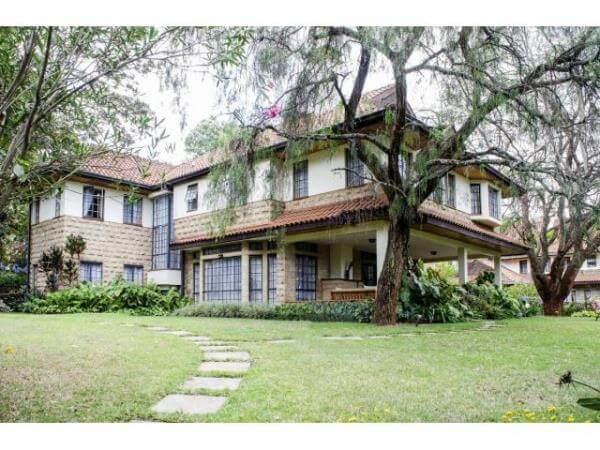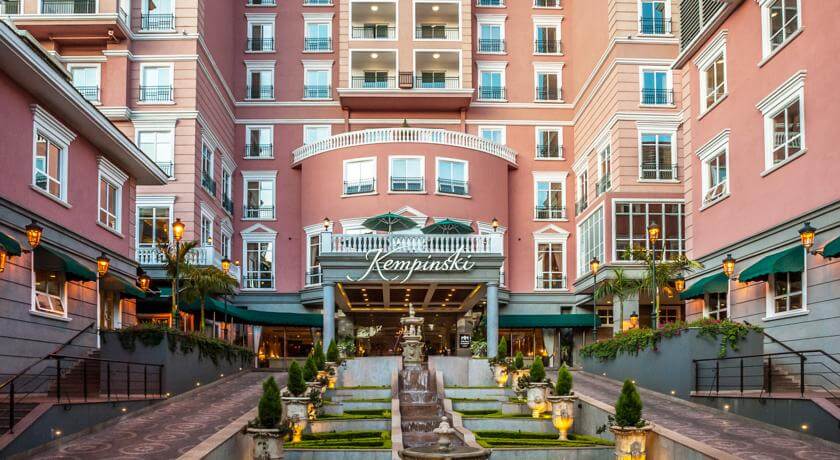Kenya’s real estate market like any other in the world operates in cycles. Our cycles tend to start after a general election and end with the next general elections. 2017 will be an election year and the slowdown in uptake, drop in prices and the increasing number of vacancies is a telltale sign that the market is adopting a wait and see attitude. For a better review of the property market in Kenya, we will look at each segment of the real estate market taking into consideration the drivers.
Kenya’s real estate market is well diversified in terms of income, geography and types. In terms of income, there is a clear segmentation of high, middle and low income. Kenya is a diverse country from the long coast line having prime beach properties, to the highlands dotted with large and small scale farms and arid and semi-arid lands to the north with hidden reserves in the forms of mineral and oil resources.
The main property types include retail, office, residential, Industrial and special properties mainly found in cities, towns and urban centers. The key drivers of the real estate market include demographics, income, availability and cost of credit, government policy, advertising, price, and changing lifestyles. For the purpose of this article, we will review the real estate market by highlighting how each type (retail, office, residential and industrial) performed in 2016.
READ ALSO: Real Estate Trends in Kenya 2019: What to Expect

The retail sector in Kenya, has been on an exponential growth with several malls opening up in various parts of the country. The growth in malls led to a debate mid this year, on what are the country’s priorities (should the country be building malls, schools, hospitals or factories). However, growth in the retail submarket was largely driven by increased urbanization (with devolution as a catalyst), a growing middle class with enhanced purchasing power and their changing consumer patterns as well formalization of retail activities.
The increased demand for retail space made Kenya to be among the leading retail destinations in Africa. 2016 saw a slow-down in uptake of retail space without a corresponding reduction in supply. Already two malls can be classified as dead malls, while a number are struggling to attract footfall. The major cause of the slowdown is attributable to financial and management challenges facing three major retailers in Kenya. Though there are new entrants both foreign and local, these challenges are likely to adversely affect the demand for retail space in 2017.
However major opportunities exist for new entrants and much smaller players to open up retail stores in emerging towns and cities particularly those that house County Governments Head Quarters.
READ ALSO: Real Estate: Trends to Pay Attention to in 2020

The office market in Kenya, like the retail sector has experienced increased supply and is currently estimated to be in surplus. A significant number of office buildings in key office nodes of Upper Hill and Westlands have very low occupancy rates. The demand for offices spaces is usually driven by growth of the services sector.
The major players in the services sector include Government, Financial institutions, Professionals firms and NGO’s. For the last two years the education and health sectors have emerged as great consumers of office space with the opening of satellite college campuses and new hospital branches in major expansion drives. However, 2016 witnessed closures of some satellites campuses following orders from the Commission for University Education as well as the Ministry of Education.

The NGO’s sector (mainly those focusing on the human rights and governance issues) have also reduced the sizes of their offices after ceasing and or scaling down of operations as their relationship with the National Government deteriorates. In addition, with devolution, the National Government uptake of space has reduced as a significant part of the service delivery mandate is now with County Governments and State Agencies.
Most of the State Agencies are well established in Nairobi, Mombasa and Kisumu. These events have greatly contributed to slow uptake of office space as well as increase in available stock. This coupled with a pipeline of new office developments, 2017 is likely to experience an increase in stock of office space. Rents and sale prices are also likely to remain stagnant or drop further as developers and property owners jostle for the few takers that will be in the market.
2017 being an election year, it is likely that new projects will be put on hold and any ongoing ones will be hoping for a post-election boost. 2017 is going to be very testing year for office developers and owners. Focus for office development in 2017 should be in the counties where demand is likely to pick up after elections.

Residential sector performance is heavily dependent on household disposable income and availability of credit. On average Kenya’s household disposable income has been on upwards growth. This means households are able to spend more on shelter and other basic needs. On the other hand the price of (both rent and sale) has also been on upward trend mainly because the middle and low income segments of the residential market have been having a huge supply deficit.
While the low income segment of the market still has a huge supply deficit, sections of middle income segment market are operating at surplus in both sale and rental sub-markets. In most towns hosting county headquarters, rental markets are yet to mature and a bigger chunk of the population are locals who commute from their ancestral homes.
The capping of interest rates in 2016 gave mortgage holders a huge relief. On paper the capping of interest rates has reduced the cost of borrowing. On the other hand it has made mortgage lending less attractive for financial institutions as they can get better returns investing in government paper. The middle income residential sub-market which has in 2016 been very active on the supply side particularly in Nairobi and its environs, Mombasa and Kisumu are likely to witness reduced demand both rental and sales due to lay-offs and closures of businesses, reduced lending, relocation of some consular services by Diplomatic Missions as well as restrictions on issuance and renewals of work permits for expatriates.
Kenya’s industrial base has been shrinking over the years mainly due to a harsh operating environment. The major contributors to the harsh business environment include poor transport infrastructure, lack of reliable power, corruption and land issues.
As a result, a number of manufacturing entities closed or relocated, while potential ones decided to invest elsewhere and settled for setting up marketing distribution operations in Kenya. Accordingly in 2016 the country experienced its fair share of factory closures and relocations. On a positive note, the government has made tremendous efforts to improve the business climate. These efforts include massive investment in road, railway and sea port construction and /or expansion; power generation including investment in clean energy such as geothermal, wind and solar energy; and reducing the bureaucracy in company registration.
These efforts saw Kenya move up the world ease of doing business index. While setting up new factories and plants following government efforts, may be a long way out, an area that is likely to see significant growth in the industrial sub-market is warehousing and logistics areas. With improved network of roads and a revamped railway line new warehouses and logistic centers present a major real estate investment opportunity in 2017 and beyond.

The last sector is the omnibus special category that groups hotels (development in the hospitality industry) and service stations. The hotel industry particularly in the coastal region has been on a decline for the last several years. The major contributor has been declining security situation (threats of terrorism) which has kept tourists away, collapsed infrastructure, poorly maintained hotels and declining service standard.
The decline in the coast region has been a boom of sorts for the hinterland. In Nairobi, Mount Kenya region, rift valley and the western Kenya, the hotel industry has been on upward trend mainly driven by growing numbers of high profile conferences and growth of domestic tourism. Like the hotel industry, Oil marketers have embarked on aggressive market expansion drives opening up new outlets and renovating old ones.
Newly built roads, growing number of cars have given oil marketers new opportunities for growth. 2017 is likely to see a slowdown in new developments in this omnibus submarket. Movement activities are likely to reduce as the country nears the general elections even though a significant portion of elections campaign funds are likely to be spent on fuel, meals and accommodation
2016 was slow across all sectors other than service stations and the hotel industry with the exception of the coast region. Poor planning and reliance on speculation and dodgy market data saw office developer’s focus on saturated market segments and locations. The financial and management challenges facing three major retailers have placed investors in the retail sector in a state of panic while increased supply of middle income housing coupled with business closures has contributed on average to slow uptake of new units, drop in rentals rates and sale prices.
In addition to the general elections in 2017, a major dark cloud hangs over investors in the real estate sector as Kenya Revenue Authority plans to enforce a new withholding tax measures targeting rental income. This measure will if implemented reduce cash flow (in a sector already riddled with delayed rent payment) and make it difficult for property owners to meet their financial obligations including debt servicing.
A lot of what is to happen to the real estate market is dependent on the August 2017 general elections. However significant opportunities exist and those that can focus on areas that support political activities (which include lease of campaign offices, hire of meeting rooms, meals and hotel accommodation) have reason to be optimistic.
READ ALSO: Land Trends Report – 2021 [Infographic]



